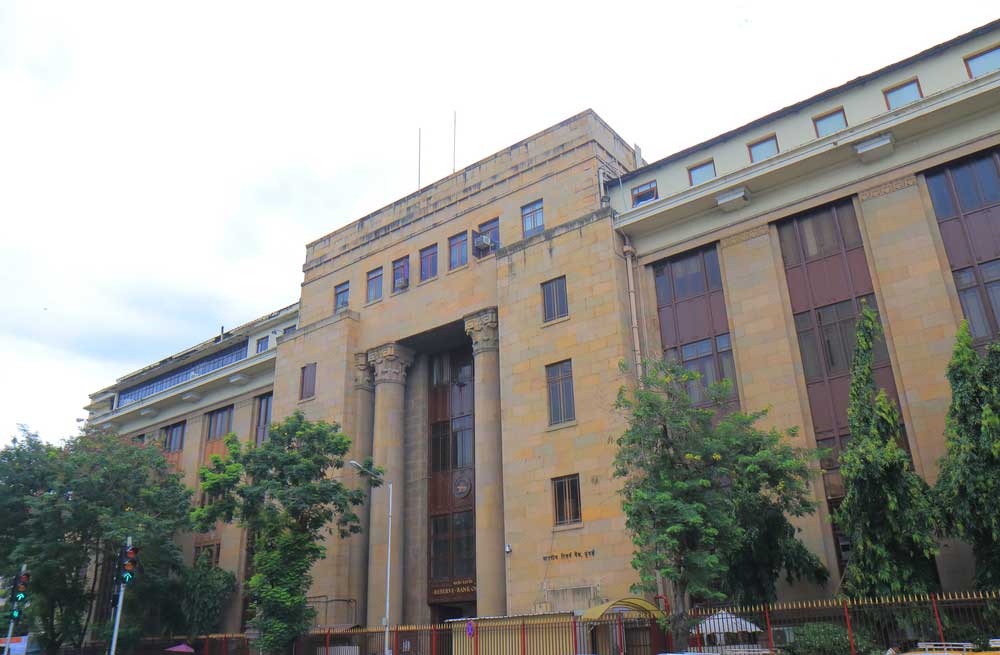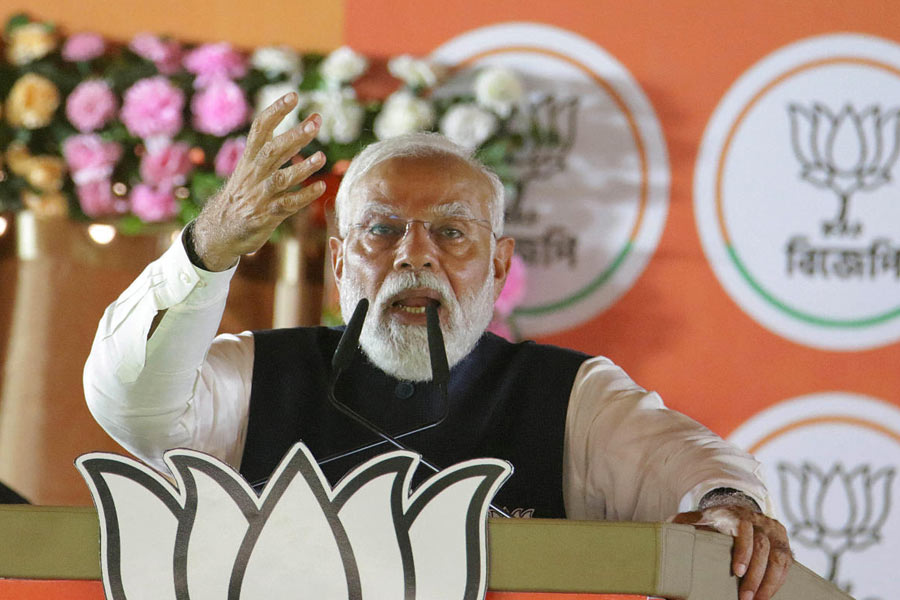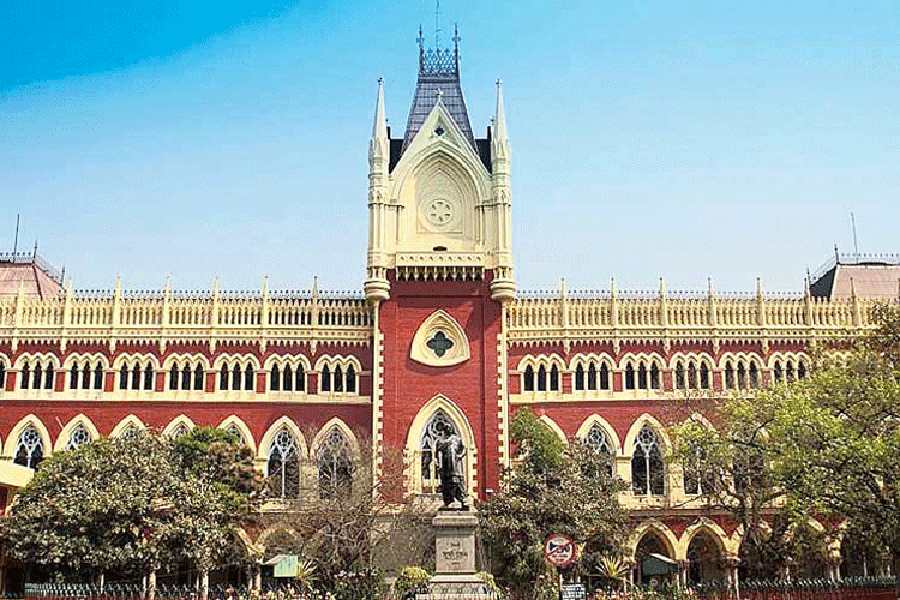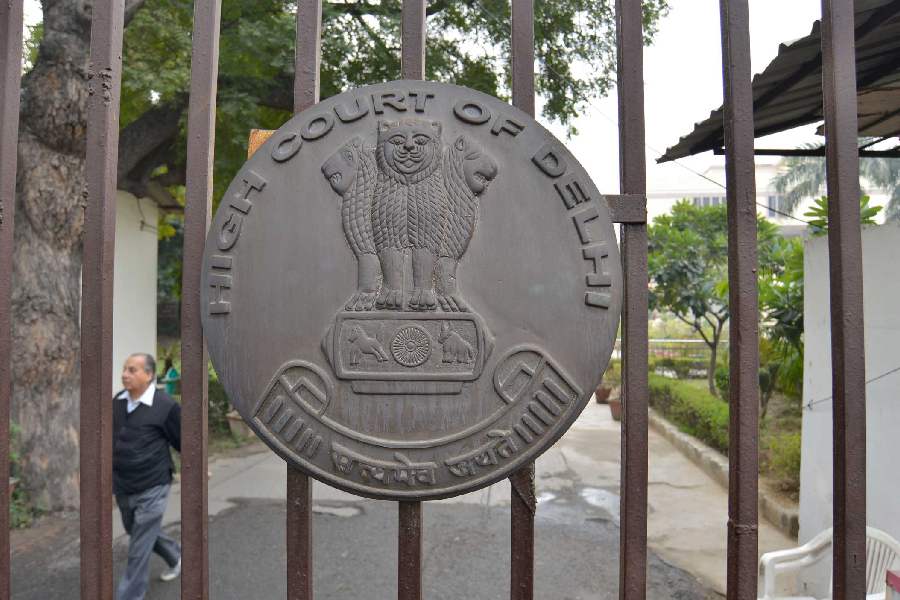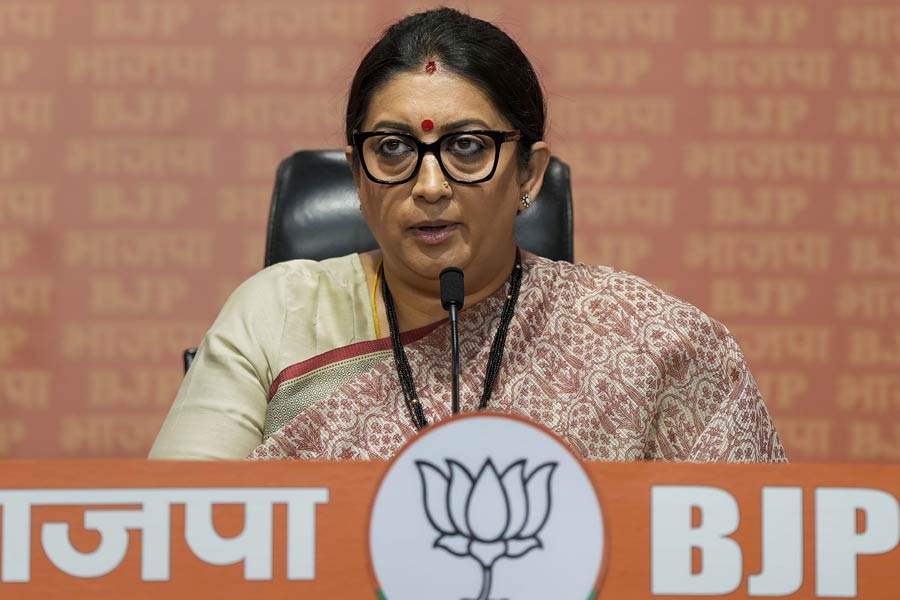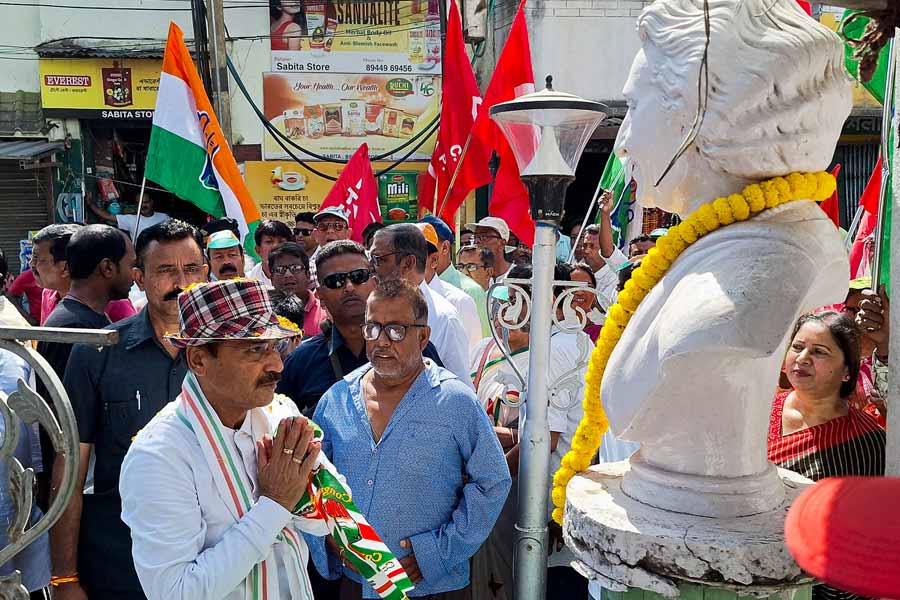Banks have requested the Reserve Bank of India (RBI) to relax its February 2018 circular relating to the resolution of stressed assets.
The lenders had submitted a wish list to governor Shaktikanta Das last month after he took over on December 12. He had subsequently met the representatives of both public and private sector banks to address their concerns.
The bankers’ plea found an echo in a parliamentary panel report that asked the Reserve Bank to ease capital adequacy norms for banks and review the PCA framework. The panel also urged the government to set up a committee to look into issues concerning the accountability of the central bank as a regulator.
The standing committee on finance has also asked the RBI to evaluate the efficacy of its own guidelines on dealing with frauds. Besides, the committee headed by veteran Congress leader and former Union minister M. Veerappa Moily suggested increasing the retirement age of the chiefs of public sector banks to 70 years and effect a proper manpower planning and HR development strategy in state-run banks.
The report of the committee was tabled in Parliament on Thursday.
February circular
The circular of February 2018 had adopted a tough stance towards bad loans. It has said that even if there was a default of a day in accounts of Rs 2,000 crore and above, banks should initiate a resolution process.
Such a process should be completed within 180 days of the default. If a resolution was not found, the account would have to go through the insolvency process.
Banks now want a relaxation in this timeline. They have urged the regulator that the resolution process should commence for loans that are in default for more than 60 days.
Effectively, this means that the account should be in the special mention account (SMA) 2 category. SMAs are those cases where stress is visible, but not yet turned into an non-performing asset (NPA). There are three categories of SMA where the principal or interest is overdue. If it is overdue by 1-30 days, the account is SMA-0, for 31-60 days it is SMA-1 and those where the overdue is between 61 days and 90 days is SMA-2.
Under the current RBI norms, a loan becomes an NPA if interest or principal remains unpaid for a period of more than 90 days.
The February 12 circular had also given lenders a 15-day period (from the expiry of the timeline of 180 days) to file an insolvency application under the Insolvency and Bankruptcy Code (IBC). Lenders want this period raised to 60 days.
In the report on banking trends in 2017-18, the RBI had said the gross non-performing asset ratio of PSU banks arising from larger accounts (exposure of Rs 5 crore or more) increased to 23.1 per cent from 18.1 per cent in the previous year. It added that this was also the case with private sector banks, particularly after the implementation of the February 12 circular.
The report, however, pointed out that the share of SMA–2 accounts, which have a high chance of degrading into NPAs, recorded a decline in both these bank groups.

